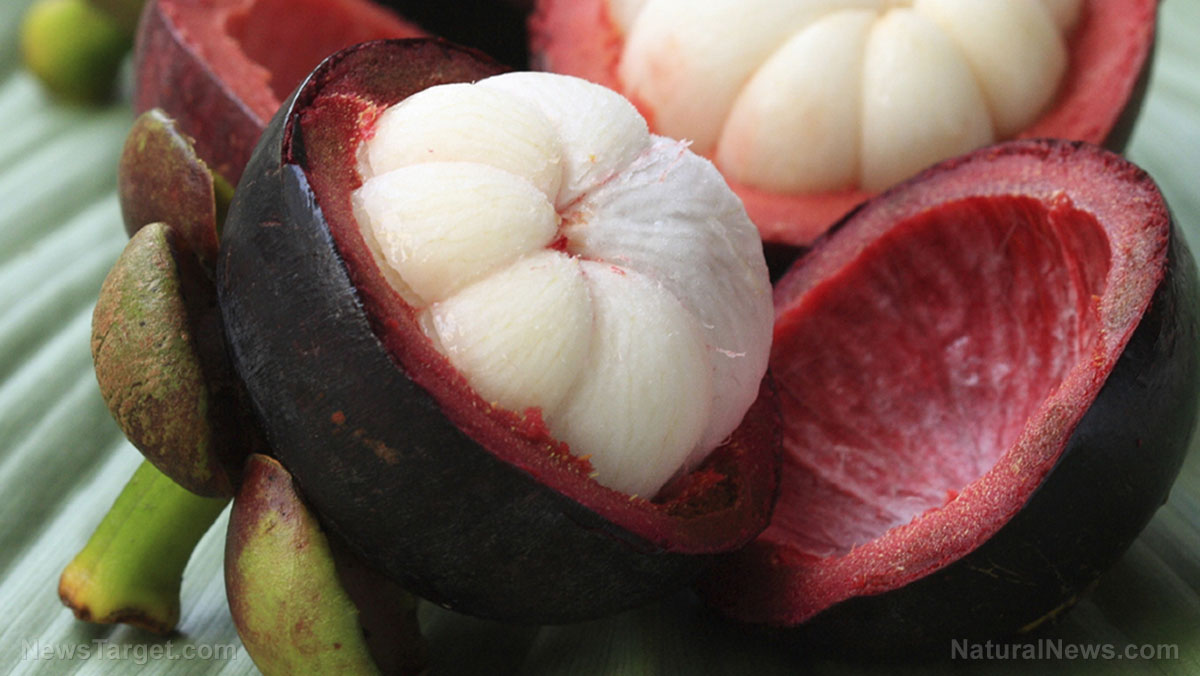The neuroprotective effects of green tea supplementation in intracerebral hemorrhage in rats
10/22/2018 / By Ralph Flores

Research suggests that green tea (Camellia sinensis) has a neuroprotective effect against neuromotor deficits and reduces instances of lipid peroxidation and reactive oxygen species (ROS) production during intracerebral hemorrhage. The study was published in the journal Neuroscience International.
- To determine the efficacy of green tea, researchers used a rat model that was treated with intra-striatum collagenase infusion to induce intracerebral hemorrhage.
- The rats were given 400 mg/kg of green tea using a gavage for 10 days after inducing the hemorrhage.
- From the results, researchers identified that intracerebral hemorrhage causes neuromotor deficits, based on neurological deficit scale (NDS), open field (OF), and rotarod (RR).
- Rats that were treated with green tea had reduced the effects of the hemorrhage on Day 3 (NDS/OF) and Day 7 (RR).
- Green tea also inhibited the production of ROS and lipid peroxidation, compared to those that did not receive treatment.
Researchers concluded that nutritional interventions are effective in improving the outcome of intracerebral hemorrhage with very few adverse effects.
Read the full text of the study at this link.
Learn more about the benefits of green tea by following Food.news today.
Journal Reference:
Souza MA, Altermann C, Martins Ados S, Sosa PM, Spiazzi CC, Santos FW, Mello-Carpes PB. GREEN TEA TREATMENT ATTENUATES OXIDATIVE DAMAGE AND NEUROMOTOR DEFICIT INDUCED BY AN EXPERIMENTAL MODEL OF INTRACEREBRAL HEMORRHAGE IN RATS. Neuroscience International. 2016;7(2):11–18. DOI: 10.3844/amjnsp.2016.11.18
Tagged Under:



















